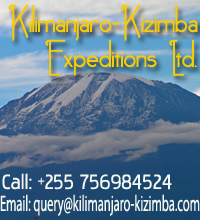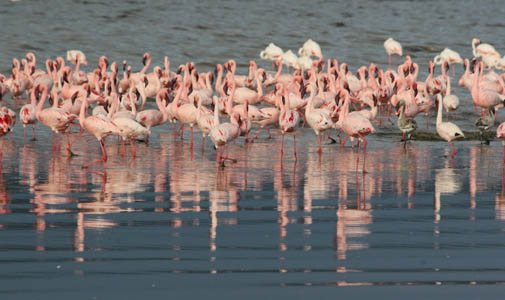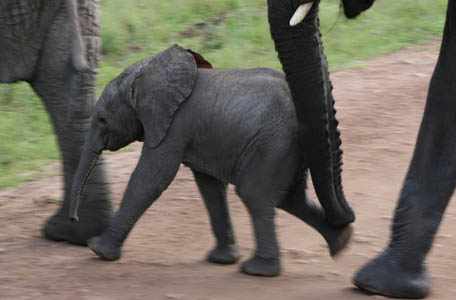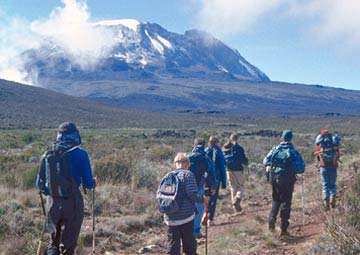 |
||||||||
|
|
||||||||
|
| ||||||||
|
Lake Manyara National Park spans an area of 330 sq km (127 sq miles) in northern Tanzania, 200 sq ml and is a lake when water levels are high enough. The entrance gate lies 1.5 hours (126km/80 miles) west of Arusha along a newly surfaced road, close to the ethnically diverse market town of Mto wa Mbu.
The compact game-viewing circuit through Manyara offers a virtual microcosm
of the Tanzanian safari experience. Inland from the floodplain, a narrow belt of Acacia woodland is the favored haunt of Manyara’s legendary tree-climbing lions and impressively tusked elephants. Squadrons of banded mongoose dart between the Acacias, while the diminutive Kirk’s dik-dik forage in their shade
Pairs of klipspringer are often seen silhouetted on the rocks above a field
of searing hot springs that steams and bubbles adjacent to the lakeshore in
the far south of the park. Manyara provides the perfect introduction to Tanzania’s birdlife. More than 400 species have been recorded, and even a first-time visitor to Africa might reasonably expect to observe 100 of these in one day.
Highlights include thousands of pink-hued flamingos on their perpetual
migration, as well as other large water birds such as pelicans, cormorants
and storks.
They own large herds of cattle, sheep and goats which they follow around
seasonally in search of new grazing grounds and water sources.
Cattle plays a central role in the life of the
Maasai.
Cattle represent food and power; the more cattle a Maasai has, the richer he
is and therefore the more power and influence he will have within his tribe. These days the Maasai have a more mixed diet as they have been forced to settle into ever decreasing areas of land and had to adapt to a more sedentary lifestyle which in some cases includes growing or buying cultivated food.
Traditionally the Maasai have always looked down upon those who tilled the
land since this rendered it useless for grazing. While the Maasai lifestyle
has undergone some changes in the past three decades in particular, their
strong social traditions remain intact. Maasai men are first and foremost
warriors
they protect their tribe, their cattle and their grazing lands.
Maasai boys go through a Circumcisions Ceremony at the age of 14 and then traditionally spend up to 8 years looking after livestock far from their villages. They become warriors upon their return to the village to get married. The Maasai women are responsible for all domestic tasks which include making their homes. Houses are made from mud, sticks, grass, cow dung and urine. The women also milk the cows, collect water (a heavy and arduous task), cook and look after the children. The Maasai women
 |
|
|||||||
© 2012 Kilimanjaro-Kizimba Expeditions Ltd. All Rights Reserved. |
||||||||

